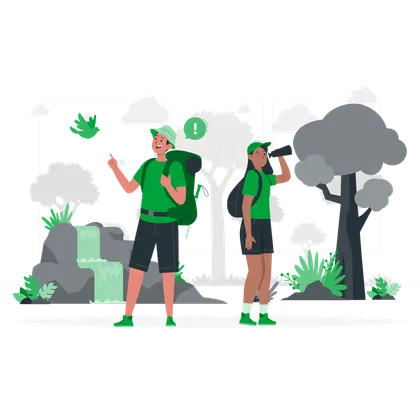Qr Code in Education
We can apply QR code applications to schools and universities that use QR codes to enhance classroom interaction.
Examples in Education
The following qr code application examples apply to schools and universities. Teachers can use QR codes to enhance classroom interaction in tutoring or extracurricular practices.
Here are a few simple examples of applying QR codes before, during, and after school.
Create, manage and track all your QR Codes.
Use QR codes to create personalized business cards.

Use the QR code to activate the classroom atmosphere
Teachers can place a QR code connected to teaching content on a slide of PPT, PDF, and students can take out their mobile phones to scan. This method can increase classroom interaction, adjust the classroom atmosphere and allow students to get some information fun.
This approach seems to be very useful for students. The atmosphere in class is much more vibrant.
Teachers can paste a QR code somewhere in the classroom, and students can scan and open learning materials. These learning materials are preferably multimedia information that can hold students' attention.
Teachers can also put information about subject tests, assessment methods, and related learning materials on the Internet.

Expand mind through QR codes.
QR codes are a powerful tool for enhancing students' educational experiences, particularly outside of the classroom. With the prevalence of smartphones and mobile devices.
QR codes can provide students with quick and easy access to information, promote collaboration and communication, and enable new forms of learning and assessment.
By incorporating QR codes into extracurricular activities and homework assignments, teachers can help students better engage with the material and enhance their overall learning outcomes.

QR code and homework
A math or physics teacher can generate answers to a student assignment into a QR code, and once the student completes the work outside of class, scan the QR code to check the answer. Alternatively, a chemistry or biology teacher can make experiment videos (on the Internet, or record yourself and upload them to the Internet) into qr code. Students can scan the qr code while preparing or review it after class.
In addition, teachers may assign some extracurricular and extension assignments that students must complete. Students who want to expand their knowledge further can scan the QR code provided by the teacher for further study. These students can scan the QR code for additional study resources if they still have time after completing the required homework. Students who do not have spare time to expand their knowledge can also save the QR code and study it later. In addition, students can also convert text messages into QR codes.
For example, primary school teachers in Australia asked students to generate a QR code from their extracurricular observations and post the QR code on the classroom information wall so students could scan the QR code to share their observation log.













